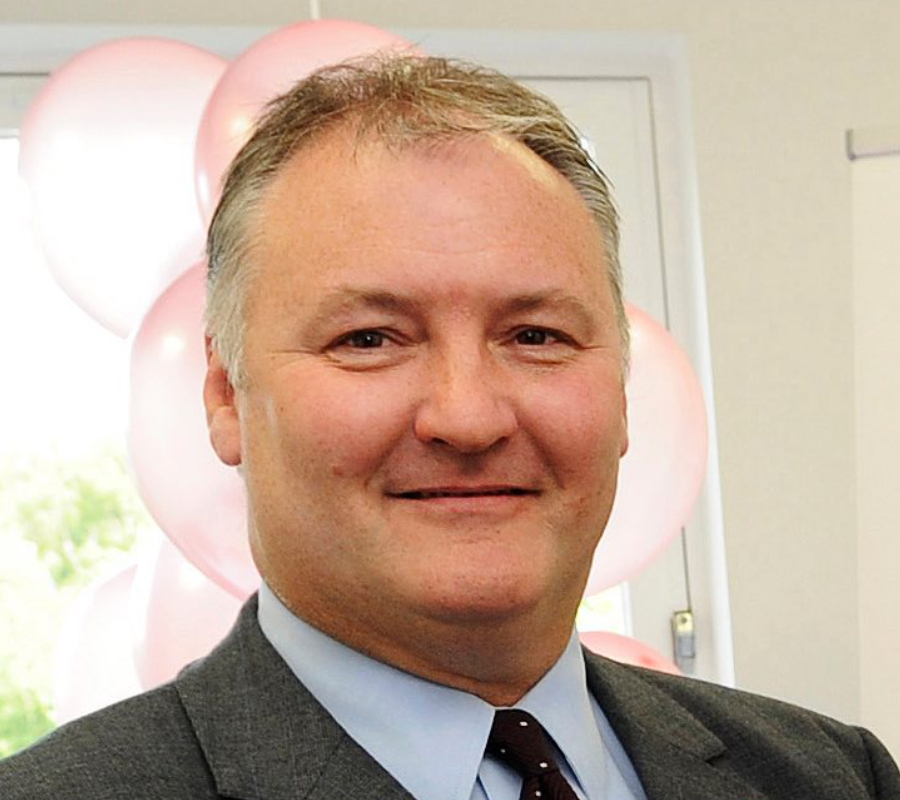Ian Paterson, former Heart of England’s NHS Trust’s busiest surgeon, is facing a life sentence after a jury convicted him of carrying out unnecessary breast operations that maimed some of his victims for life. The verdict took place on Friday at the Nottingham Crown Court.
The jury found Paterson guilty of 17 counts of wounding with intent to cause grievous bodily harm and guilty of three counts of unlawful wounding. The prosecutors said that the 59-year-old doctor repeatedly lied to patients or exaggerated their risk of cancer to persuade them to have surgery. As reported by victims, the surgeon was the kind of man people trusted with their lives, and his composure reassured many anxious patients as they were reeled into the operating sham.

The surgeon lied to his victims to profit from performing mastectomies on them
Paterson lied to his patients to convince them to get unnecessary surgeries for non-existing breast cancers so that he could profit from their misery.
One of the victims, Frances Perks, was 35 when she met him after a lump was found in her breast. Perks had recently lost her sister and her mother due to breast cancer, and Paterson told her she should have to undergo a double mastectomy or risk full-blown cancer.
Eventually, she decided to have only her left breast removed, and underwent eight other operations at Spire Parkway Hospital in Solihull after the surgeon told her he kept finding “sinister” looking lumps. However, she later found that she never should’ve had any of those operations, let alone lose one of her breasts.

Paterson routinely lied to manipulate patients, colleagues, and his bosses so he could carry out disfiguring, dangerous procedures to take money from his victims. The actual number of people he maimed is unknown. Some believe that he was able to carry out his sham for so long because he was kind and appeared to be warm-hearted with patients, although former colleagues described him as an arrogant bully.
A former colleague who worked with him for several years even mentioned Paterson was very aggressive and had a bully personality that enabled him to get his way. The colleague said that because of his personality he tended to be isolated, and people avoided him, so he never got questioned about anything.
However, a more worrisome problem was noticed by some of Paterson’s colleagues in 2002. They began seeing the women Paterson was performing mastectomies on were not having their full breast removed. Paterson had invented a “cleavage-sparing” mastectomy. He would leave tissue behind to “help” women get over the trauma of losing their breasts, and he claimed the procedure helped retain part of their shape.
The practice was, of course, unregulated by the GMC and an infringement of British guidelines, which clearly stipulate the point of a mastectomy is to remove the vast majority of breast tissue.
“Of the 11 victims he was charged with in relation to this case, none had breast cancer, and yet he had led them to believe they were at risk. This was cruel and unnecessarily led to many people suffering and living and fear,” said West Midlands police Superintendent Mark Payne, according to Time.
Payne said that Paterson was a controlling bully who liked to play God with people’s lives so he could live a luxurious lifestyle. The surgeon owned a luxury home in Birmingham, as well as properties in Manchester, Cardiff and the United States, according to the police.
The surgeon convinced his bosses the procedure was safe, according to a 2013 report by legal expert Sir Ian Kennedy. The procedure was not safe, as leaving excess breast tissue behind bears a higher risk for patients because cancer is more likely to reappear. The surgeon was found to have exaggerated cancer symptoms in his patients. He performed mastectomies when less invasive surgery -and in some cases, a simple set of antibiotics- would have solved the patient’s’ issues.
Paterson resembles killer doctor Harold Shipman, according to expert
Paterson was compared in court to killer doctor Harold Shipman, as his motivations seemed to be more than financial. According to Prof Philip Drew, a cancer surgeon who gave expert advice for the prosecution, he was similar to Shipman in the sense that they both seemed to understand that what they were doing was wrong, and he believes that both of them showed some degree of psychopathic approach to the care of their patients.
Paterson began working at the Solihull Hospital, a part of the Heart of England NHS Trust, in 1998 and quickly became one of the most efficient and fast doctors at the hospital. In 2007, 100 of his patients were audited after inconsistencies with their surgeries. He was acquitted at the time and continued performing his disfiguring and sometimes unnecessary surgeries. He was pinpointed a few other times in the following years and in May 2011, he was finally suspended by the trust after thousands of women spoke out against his methods.

“Shipman was bizarre, Paterson is bizarre,” said Prof Drew during the hearing, according to BBC. “They’re both deliberately harming people and I think you have to understand the whole mindset of the medical profession that that is so wrong, it doesn’t even occur to you that it can happen.”
The Heart of England Trust has paid £17.8m in damages and costs to 256 patients so far, and a civil case later this year will see 350 private patients seek compensation. Most of Paterson’s patients were left disfigured, and some suffer from mental health problems after being told their cancer symptoms were worse than they were before. Some of his patients have also died, and it is still unknown whether his actions contributed to their deaths.
Source: BBC
